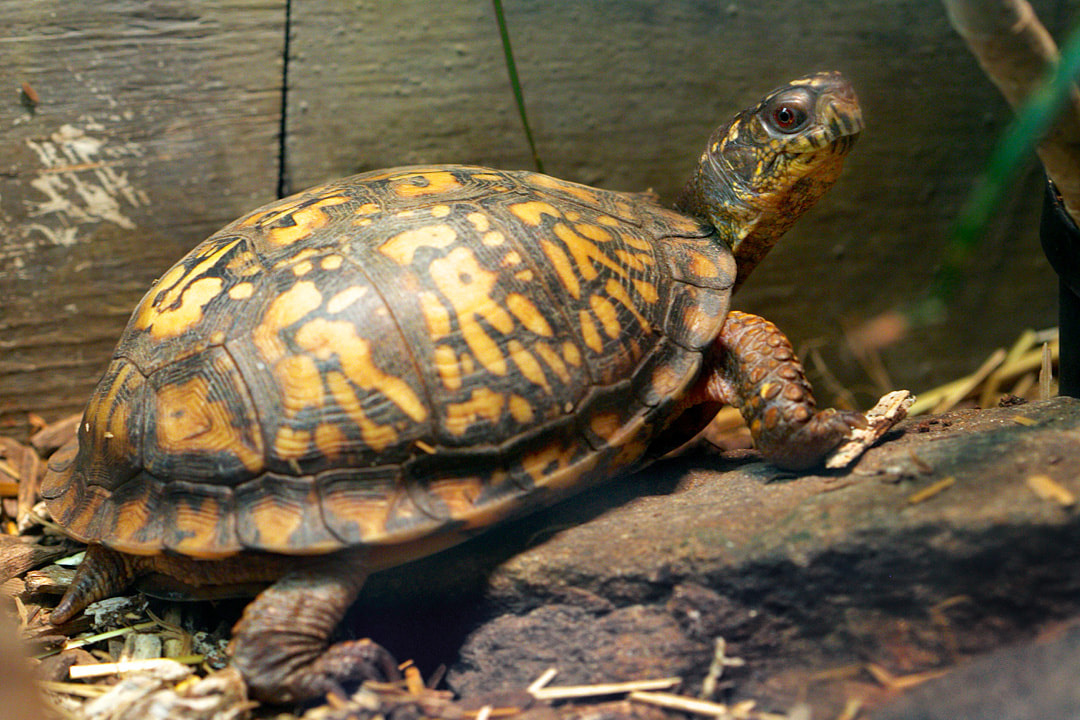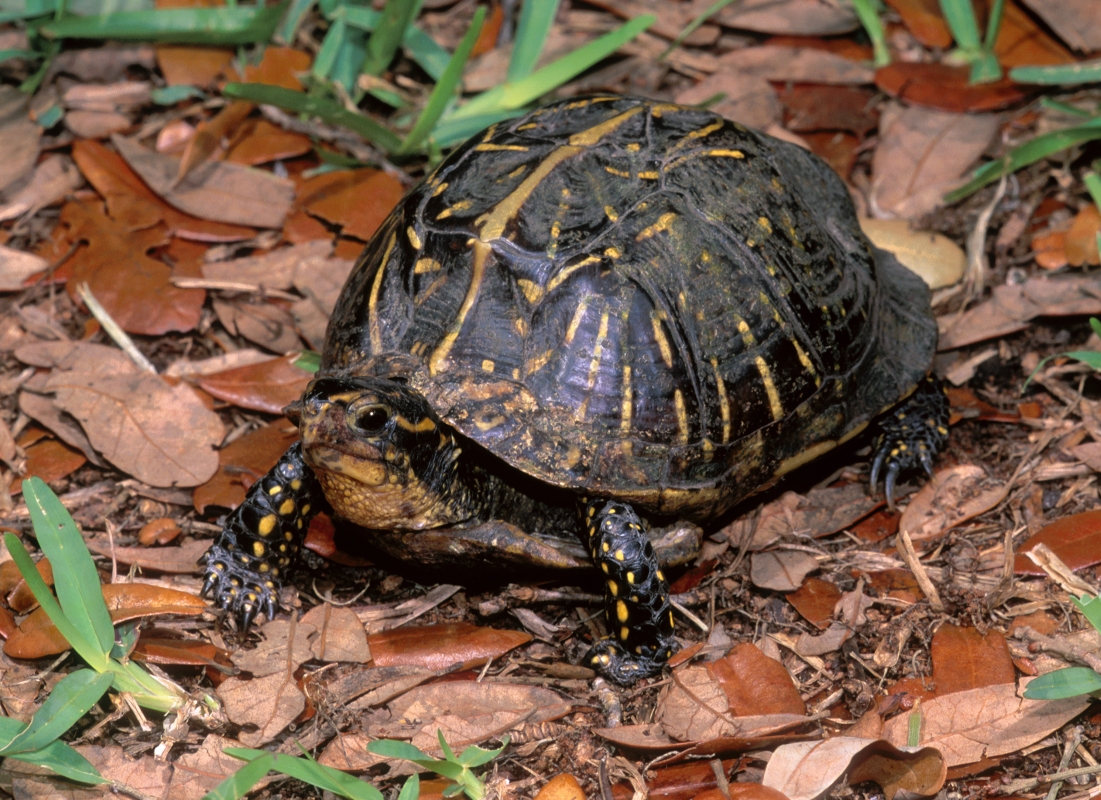

carolina is native to the eastern part of the United States. Berry shrubs such as strawberries, blackberries, and huckleberries provide a food source for the Turtles as well as the shading that they need.īoth indoor and outdoor habitats can be furnished with bracken fern, carpet moss, lichens, oak, and cedar logs, as well as floating plants like bladderworts and duckweed. The eastern box turtle (Terrapene carolina carolina) is a subspecies within a group of hinge-shelled turtles normally called box turtles.
:max_bytes(150000):strip_icc()/eastern-box-turtle-1255428637-55fa40a2986c47f3aeabf8badf175820.jpg)
In outdoor enclosures, thick prairie grasses and low-lying shrubs provide shade and shelter to hide in. Moisture-retaining mosses such as Peat moss create a great swamp environment, especially when paired with moist soil covered in oak or sassafrass leaves. Their habitats should have both terrestrial and aquatic plants. However, they do not like direct light so will need shading too. They will want to crawl up on stones and logs to sit under the light and warm themselves up. They are cold-blooded and cannot regulate their body temperature internally, so must move to sunny and warm spots in order to warm up.Īll Turtle tanks require an incandescent heat lamp or UVB lamp for basking. Turtles that live outdoor can be moved to an indoor enclosure/tank during the winter. They can travel up to 50 meters in one day. These Turtles go against the stereotype that they are slow and sluggish.Įastern Box Turtles are very active and energetic if they have the space to move. They have an internal homing ability, which allows them to find their way home no matter how far away they are! It’s thought they receive information from the Earth’s magnetic field.Box Turtles enjoy cooked chicken and bananas, but these should only be given as an occasional treat.You can tell how old they are by counting the rings on their shell.They are the only Turtles that are able to do this. Eastern Box Turtle Description A terrestrial or land turtle, so named because it can withdraw its head and legs completely into its carapaceupper shelland its plastronlower shell. Box Turtles are named for their ability to form a “box” by closing up the moving hinges on their undershells.They are North Carolina’s state reptile.We will leave you with a few interesting facts about the Eastern Box Turtle to help decide if this is the right pet for you! They should be a healthy weight and not have any nasal discharge, puffy eyes, or any other signs of illness.
#Eastern box turtle free#
Hatchlings are well-developed at birth and reach reproductive maturity when they are 5 years old.Make sure that the shell is well-formed and free of cracks or dents. Incubation depends on temperature but averages 50 to 70 days. A female can lay anywhere from 1 to 5 clutches of about 1 to 9 eggs in a single year, or even delay laying her clutch if resources are scarce. Nests are then concealed with grass, leaves, or soil. It is native to the eastern part of the United States and is largely terrestrial. Eggs are generally deposited shortly after the digging phase, and each egg is deployed into a particular position. The Eastern box turtle (Terrapene carolina carolina) is a subspecies of the Common box turtle.


With the help of their hind feet females dig a shallow nest in loose soil. Temperature affects the sex of offspring, developmental rate, and possibly fitness. After mating the female finds an appropriate nesting site. Eastern box turtles can breed at any point throughout the late spring, summer, and early fall months, but egg-laying is most likely to occur in May and June when rain is frequent. It is known that Eastern box turtles don't form pair-bonds which means that they have either a polygynous (one male and multiple females) or polygynandrous (promiscuous) (both sexes have multiple partners) mating system.


 0 kommentar(er)
0 kommentar(er)
